The Roaring Twenties captivate our collective imagination as an era of unprecedented cultural transformation, economic prosperity, and social liberation. This dynamic decade introduced jazz music, flapper fashion, Art Deco design, and a spirit of rebellion against Victorian constraints.
While we can’t literally turn back time, certain destinations around the world have preserved or recreated the distinctive atmosphere of this glamorous period. Whether through meticulously maintained architecture, thriving speakeasy scenes, or dedication to period-authentic experiences, these locations offer immersive glimpses into the 1920s zeitgeist.
Here is a list of 15 destinations where you can temporarily escape the 21st century and experience the distinctive charm of the Jazz Age.
New Orleans’ French Quarter
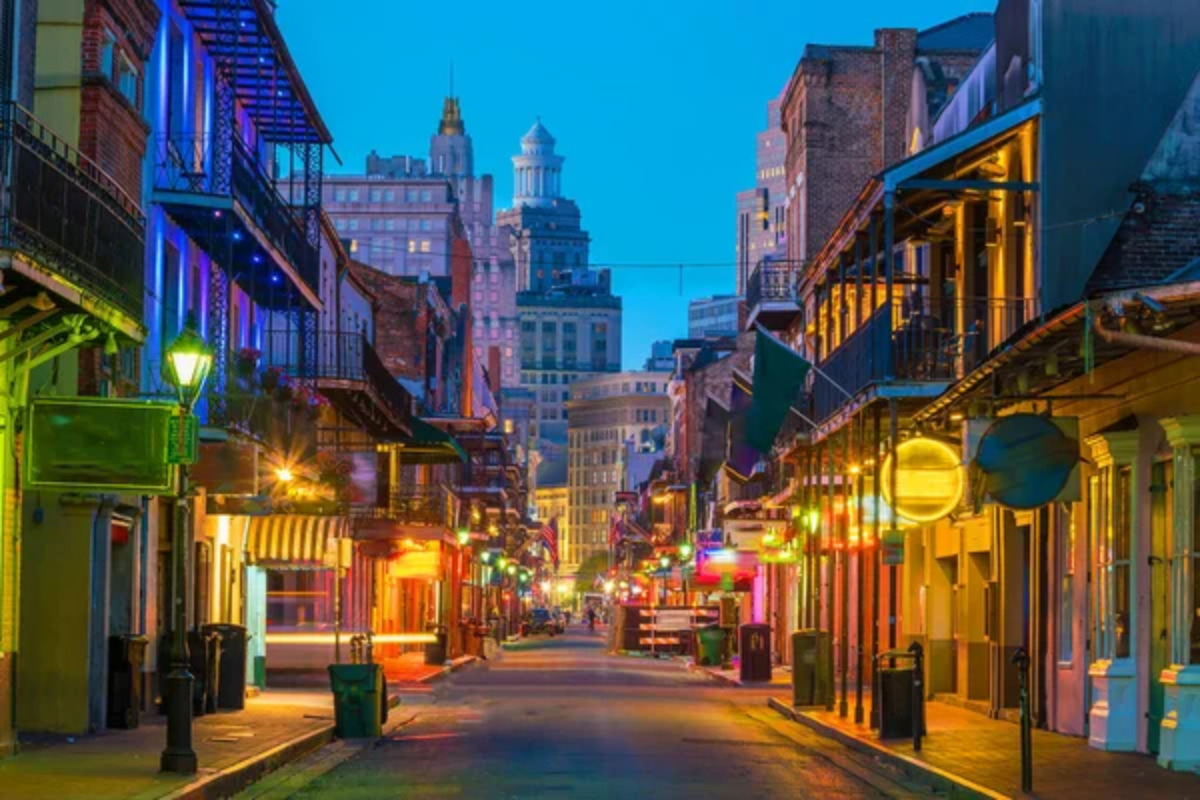
The birthplace of jazz retains much of its 1920s character through preserved architecture and a musical heritage that continues to flourish on nearly every corner. Preservation Hall hosts nightly jazz performances in a deliberately unchanged setting where musicians play acoustic sets just as they would have a century ago.
The ornate ironwork balconies and Spanish Colonial buildings create perfect backdrops for an evening stroll in period-appropriate attire. Even modern establishments embrace the era’s aesthetics with vintage cocktail menus featuring classics like Sazeracs and Ramos Gin Fizzes served exactly as they were during Prohibition.
Vienna’s Café Culture
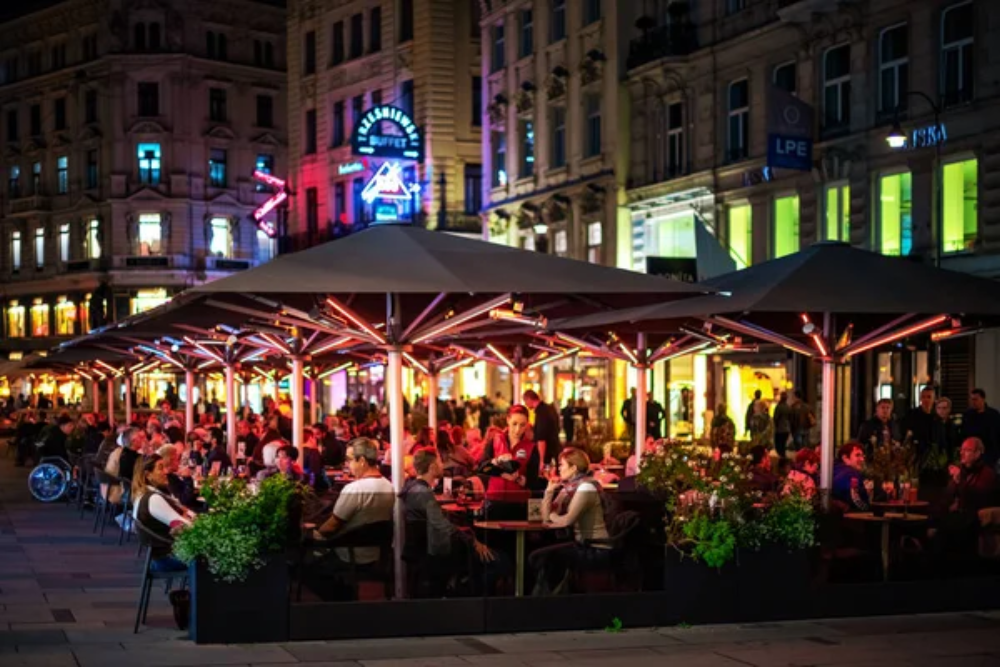
Vienna’s coffee houses reached their cultural zenith during the 1920s when they served as intellectual hubs for artists, writers, and revolutionaries. Establishments like Café Central and Café Landtmann maintain their original marble tabletops, bentwood chairs, and ornate mirrors that witnessed the conversations of figures like Freud and Trotsky.
Waiters still dress in formal black and white attire while delivering newspapers on wooden rods alongside perfectly crafted Viennese coffee specialties. The unhurried atmosphere encourages lingering conversations and contemplation, embodying the thoughtful leisure that characterized intellectual life between the wars.
Like Travel Pug’s content? Follow us on MSN.
Napier, New Zealand
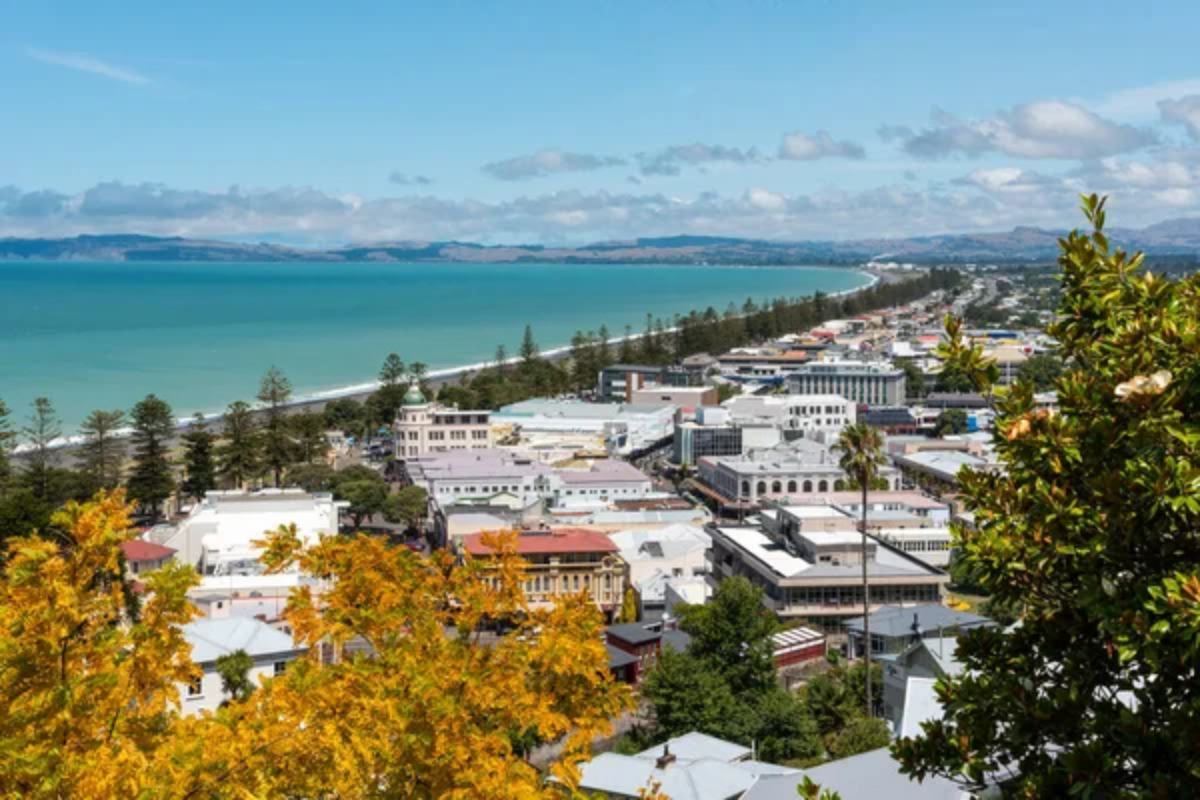
After a devastating 1931 earthquake, this coastal town was rebuilt almost entirely in Art Deco style, creating one of the world’s most concentrated collections of 1920s and early 1930s architecture. The city celebrates its unique heritage with an annual Art Deco Festival, where thousands don period clothing and classic cars line streets named after Art Deco designers.
Buildings feature the characteristic geometric patterns, vibrant colors, and symbolic motifs that define the movement at its height. Walking tours led by guides in flapper dresses and boater hats highlight architectural details that would otherwise go unnoticed by casual observers.
Shanghai’s Former French Concession
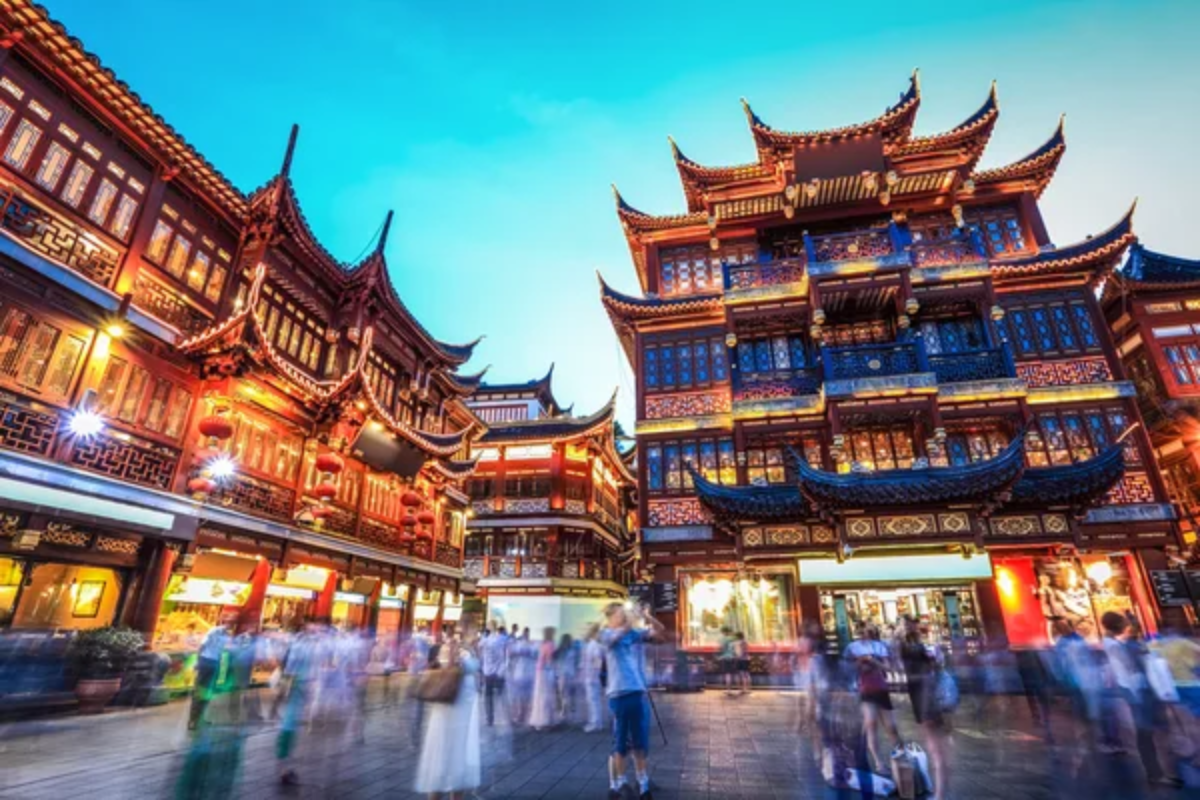
This tree-lined district preserves much of its 1920s character when Shanghai was known as the ‘Paris of the East’ and served as China’s cosmopolitan playground. Tudor mansions and Art Deco apartments still line streets where vintage trams operate alongside modern traffic.
The area’s fashionable history lives on through boutiques housed in preserved buildings, while hidden cocktail bars recreate the clandestine excitement of the city’s infamous club scene. Walking through the plane-tree-shaded avenues feels remarkably similar to what visitors would have experienced during Shanghai’s golden age—minus the territorial tensions of colonial occupation.
Miami’s Art Deco Historic District

South Beach contains the world’s largest collection of Art Deco architecture, with over 800 preserved buildings constructed during the 1920s and 1930s. Pastel-colored hotels with distinctive porthole windows, curved edges, and neon lighting create a cityscape that feels frozen in time despite the modern beachgoers enjoying the shoreline.
Evening illumination transforms Ocean Drive into a neon wonderland that perfectly evokes the optimistic futurism characteristic of Deco design. The district hosts guided walking tours focusing on the era’s architectural innovations and the social history that shaped Miami’s development during this pivotal period.
Like Travel Pug’s content? Follow us on MSN.
Buenos Aires’ San Telmo District
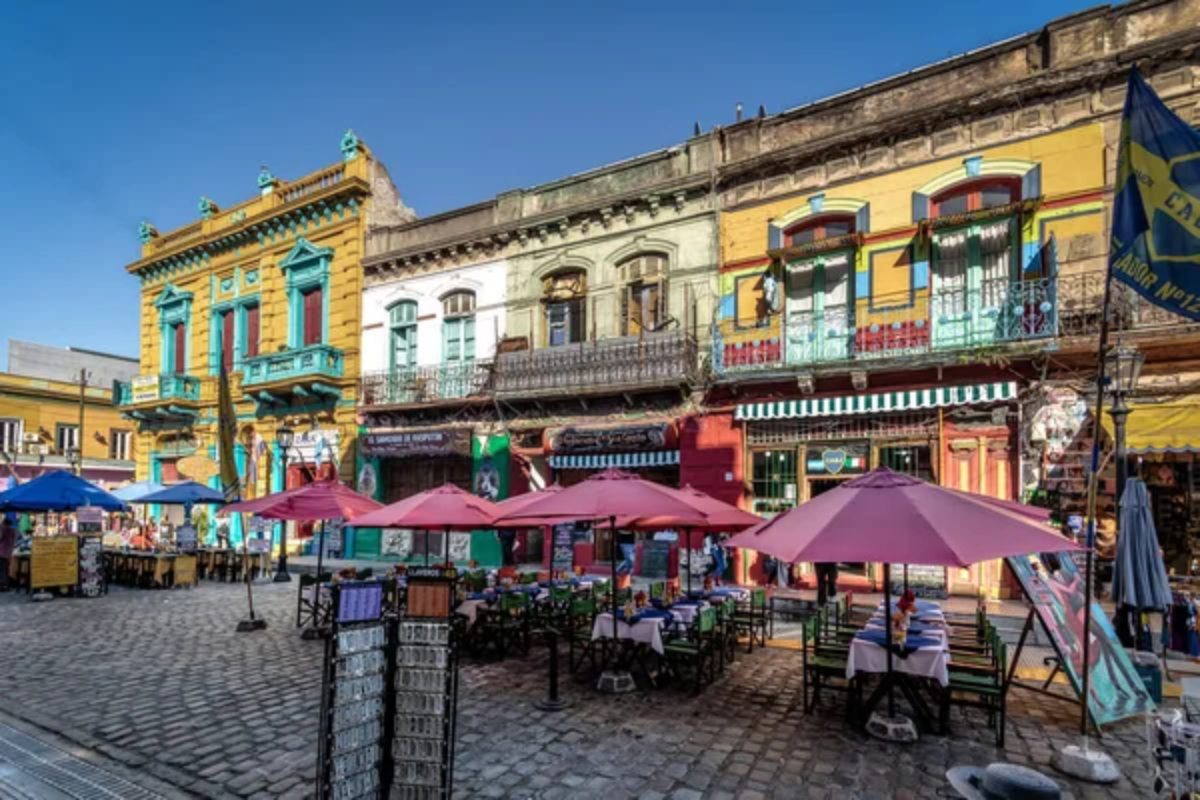
The Argentine capital experienced its golden age during the 1920s, and much of that prosperity remains visible in San Telmo’s preserved architecture and cultural institutions. Ornate theaters like Teatro Colón hosted the world’s greatest opera performers during the decade, while traditional milongas still offer authentic tango experiences in venues that have changed little in a century.
The district’s Sunday antique market showcases artifacts from the period when Argentina ranked among the world’s wealthiest nations. Historic cafés like Bar Plaza Dorrego maintain their original fixtures and furniture, serving coffee in the same manner since opening their doors during the height of Buenos Aires’ cultural flowering.
London’s Bloomsbury
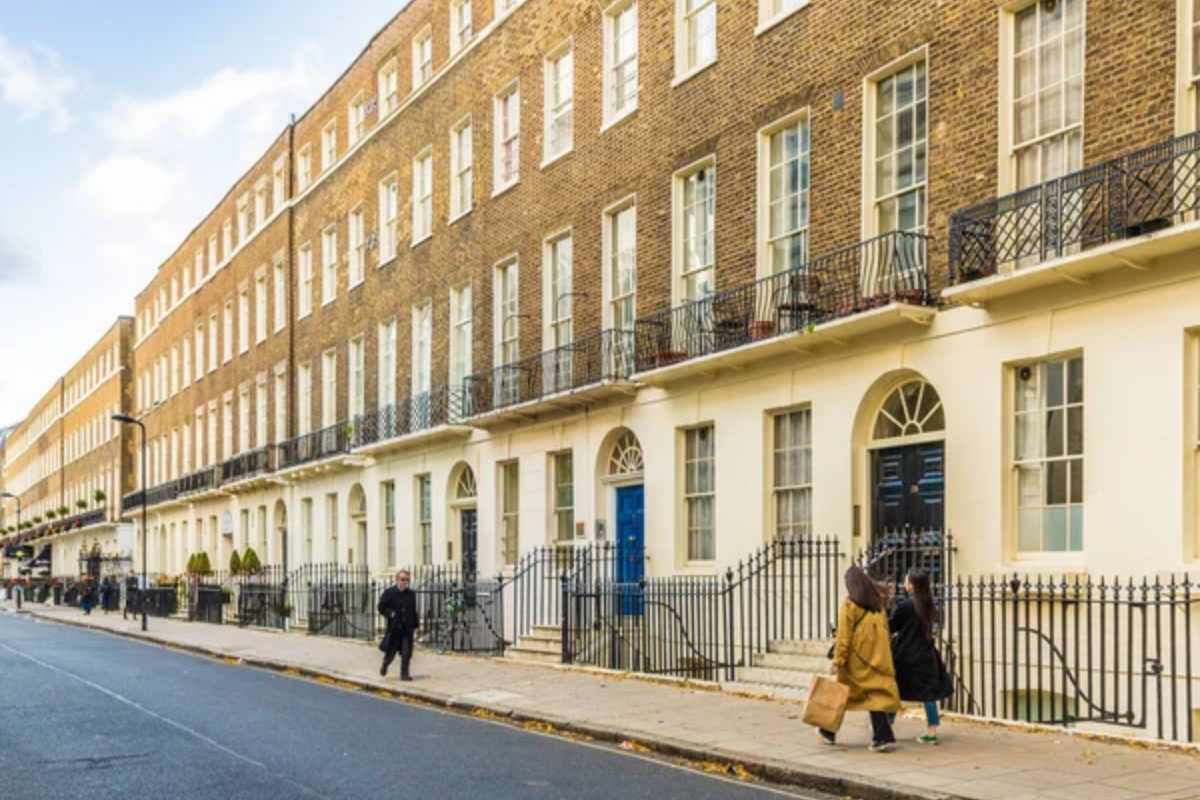
This literary neighborhood retains much of its 1920s character through preserved Georgian squares and buildings associated with the influential Bloomsbury Group. The art and philosophy of this intellectual circle transformed British culture during the decade through figures like Virginia Woolf and John Maynard Keynes.
Daunt Books occupies an Edwardian building with original oak galleries and stained-glass windows that transport visitors to the literary world of the 1920s. Nearby, the historic pubs where these revolutionary thinkers gathered continue serving traditional ales in settings that remain remarkably unchanged since hosting conversations that shaped modernist thought.
Chicago’s Green Mill Cocktail Lounge
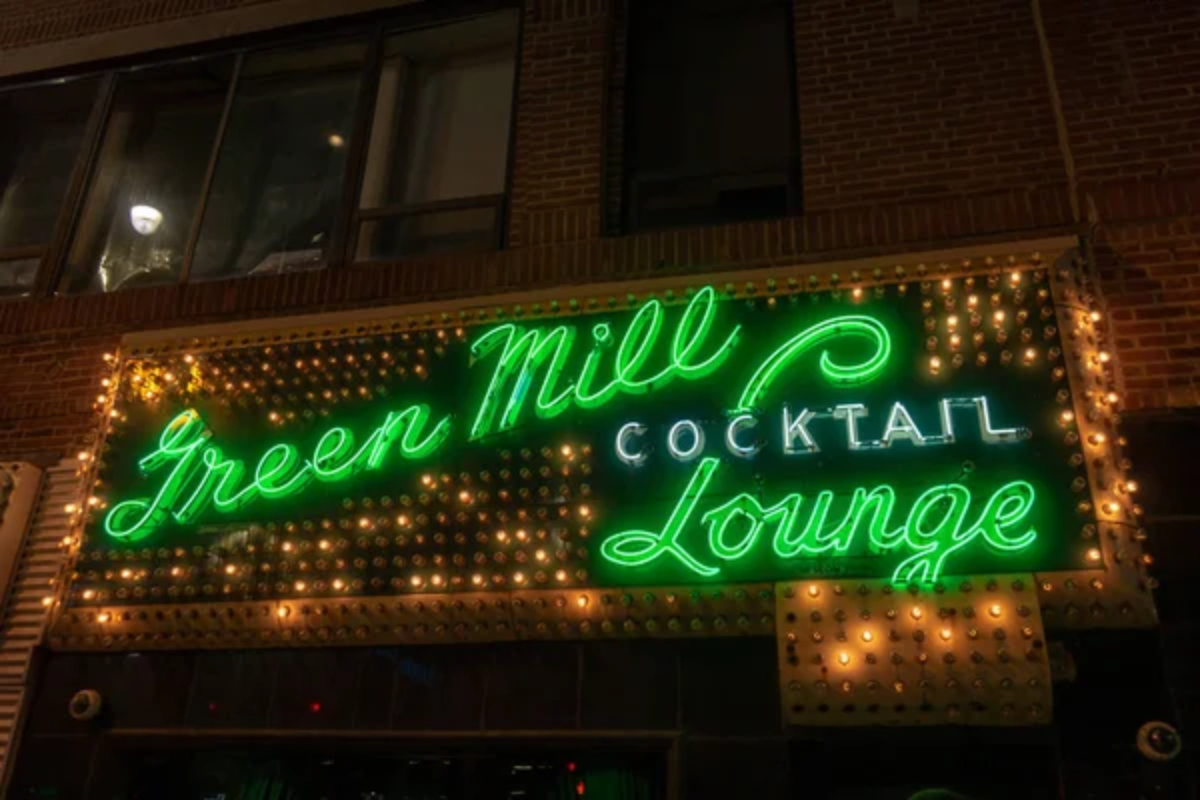
This historic jazz club has operated continuously since 1907 and reached its cultural peak during the Prohibition era when Al Capone’s henchman ‘Machine Gun’ Jack McGurn owned a 25% stake in the establishment. The original Art Deco interior remains intact, featuring booth tables, vintage light fixtures, and the famous long mahogany bar where gangsters and movie stars once mingled.
Live jazz performers honor the club’s heritage by focusing on authentic 1920s styles, from traditional New Orleans jazz to early swing compositions. Even the hidden trapdoor that Capone’s associates used for quick escapes during police raids remains visible to observant patrons.
Like Travel Pug’s content? Follow us on MSN.
Havana’s Old Town
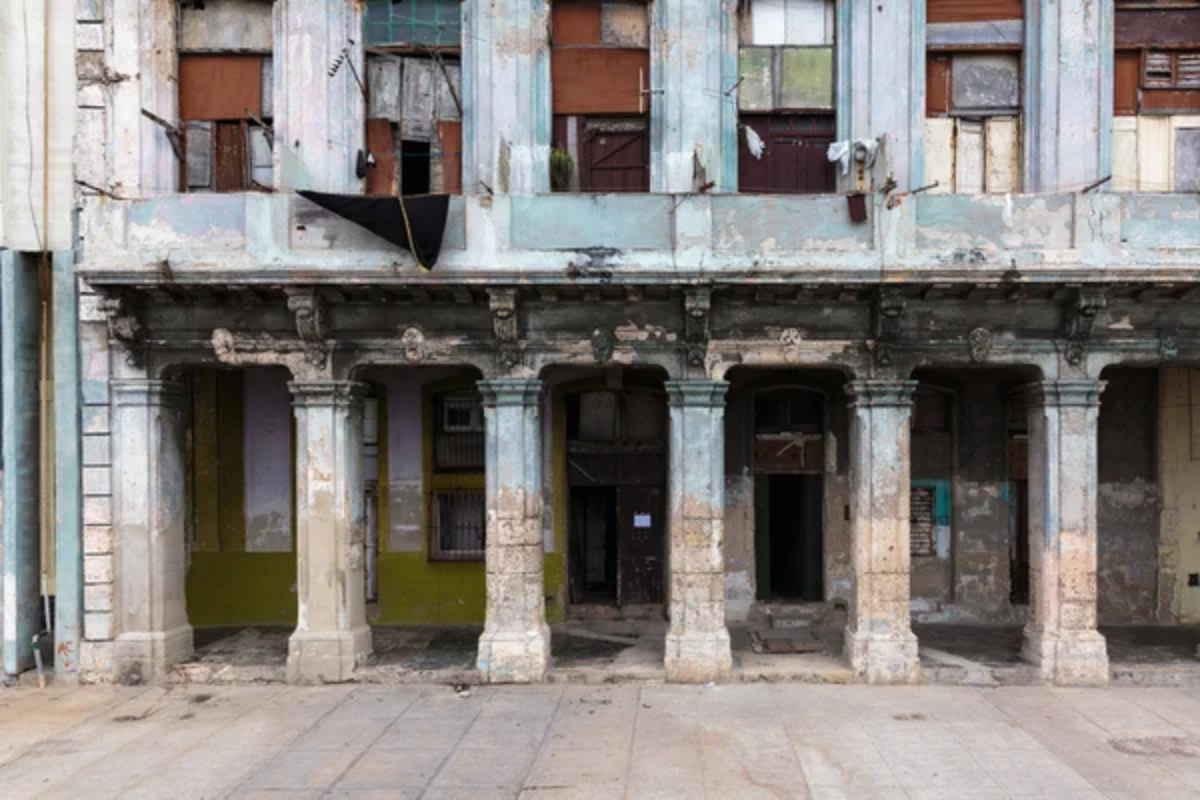
Despite decades of economic challenges, Havana’s historic center maintains much of its 1920s splendor through preserved colonial architecture and vintage American automobiles that create perfect period snapshots. The famous Hotel Nacional hosted luminaries like Winston Churchill and Frank Sinatra during Cuba’s pre-revolutionary heyday, maintaining its original lobby complete with period furniture and photographs documenting famous visitors.
Classic cocktails like daiquiris and mojitos are served according to original recipes at historic bars like El Floridita, where Ernest Hemingway famously drank during his Cuban residence. The overall effect creates an immersive time capsule enhanced by the relative absence of modern commercial development.
Paris’ Montparnasse
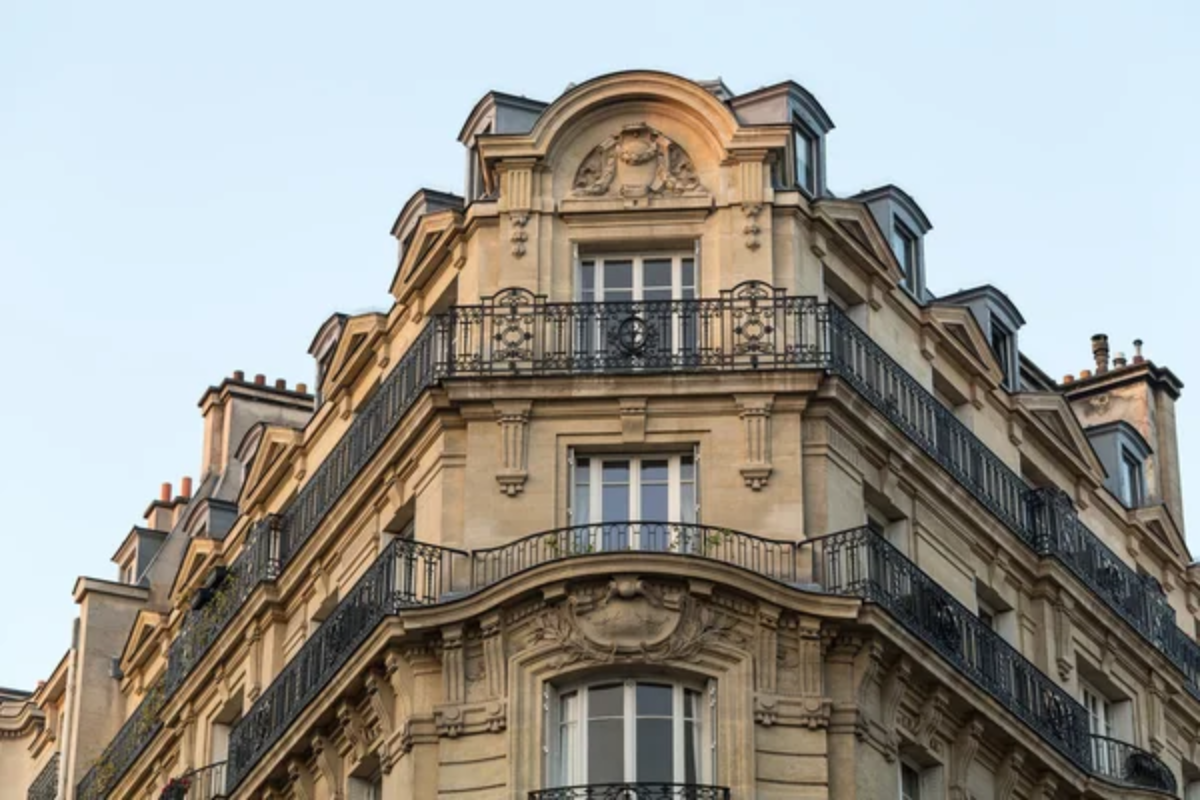
The epicenter of expatriate artistic life during the 1920s remains recognizable through preserved cafés and cultural landmarks associated with the era’s legendary creative community. La Coupole brasserie retains its original Art Deco interior where Hemingway, Fitzgerald, and Picasso once debated artistic movements over lengthy meals and copious amounts of wine.
Nearby, the preserved studios where Modigliani and other significant artists developed their revolutionary styles offer glimpses into the working conditions that produced modernism’s masterpieces. Walking tours focused specifically on the ‘Lost Generation’ highlight locations featured in memoirs and novels documenting this extraordinary cultural moment.
Berlin’s Funkhaus
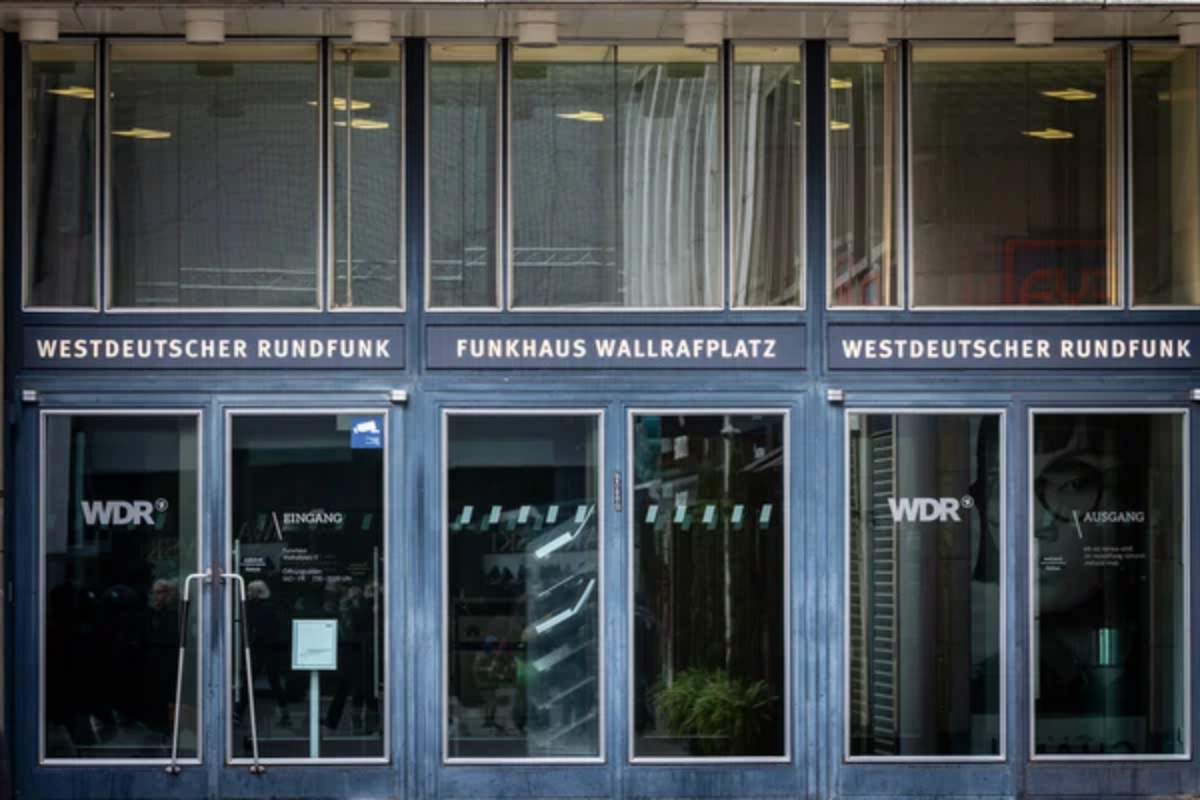
This massive 1920s broadcasting complex exemplifies Bauhaus architectural principles while housing contemporary cultural events that honor the Weimar Republic’s artistic experimentation. The building’s original recording studios feature perfect acoustic design and period-appropriate technical equipment rarely seen outside museums.
Cocktail events regularly recreate the atmosphere of 1920s Berlin cabaret performances, complete with period-correct music, attire, and libations that evoke the city’s reputation for boundary-pushing nightlife. The complex hosts historical exhibitions detailing Berlin’s role as Europe’s cultural frontier during the decade when artistic boundaries dissolved amid political uncertainty.
Like Travel Pug’s content? Follow us on MSN.
Venice’s Hotel Danieli
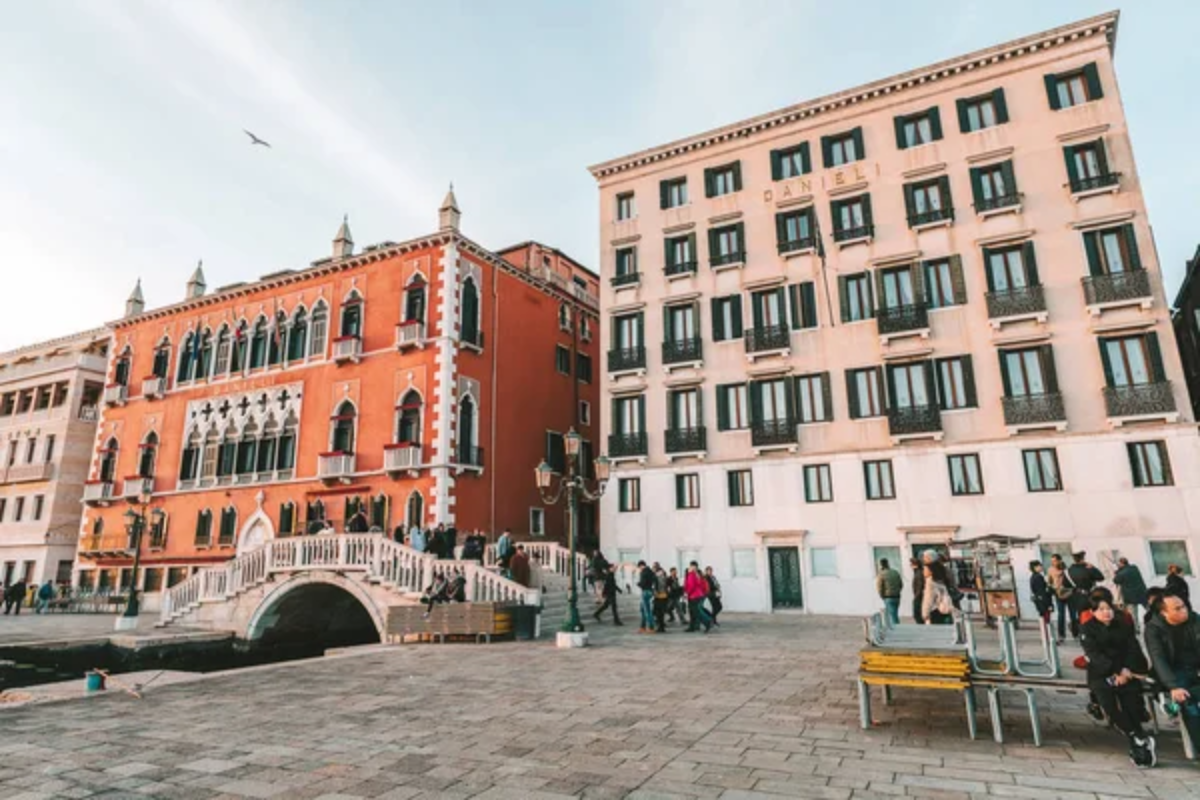
This legendary accommodation reached its modern zenith during the 1920s when it served as the preferred destination for aristocrats and artists exploring Italy’s most romantic city. The hotel’s Byzantine Gothic architecture and Moorish influences create interiors that feel completely divorced from contemporary design aesthetics.
The rooftop restaurant maintains traditions established during the interwar period, serving classic Venetian cuisine accompanied by jaw-dropping views of the lagoon and distant islands. Even non-guests can experience the era by enjoying aperitifs in the ground floor lobby, where the furnishings and atmosphere remain deliberately unchanged since hosting luminaries like Proust and Diaghilev.
Mumbai’s Art Deco District
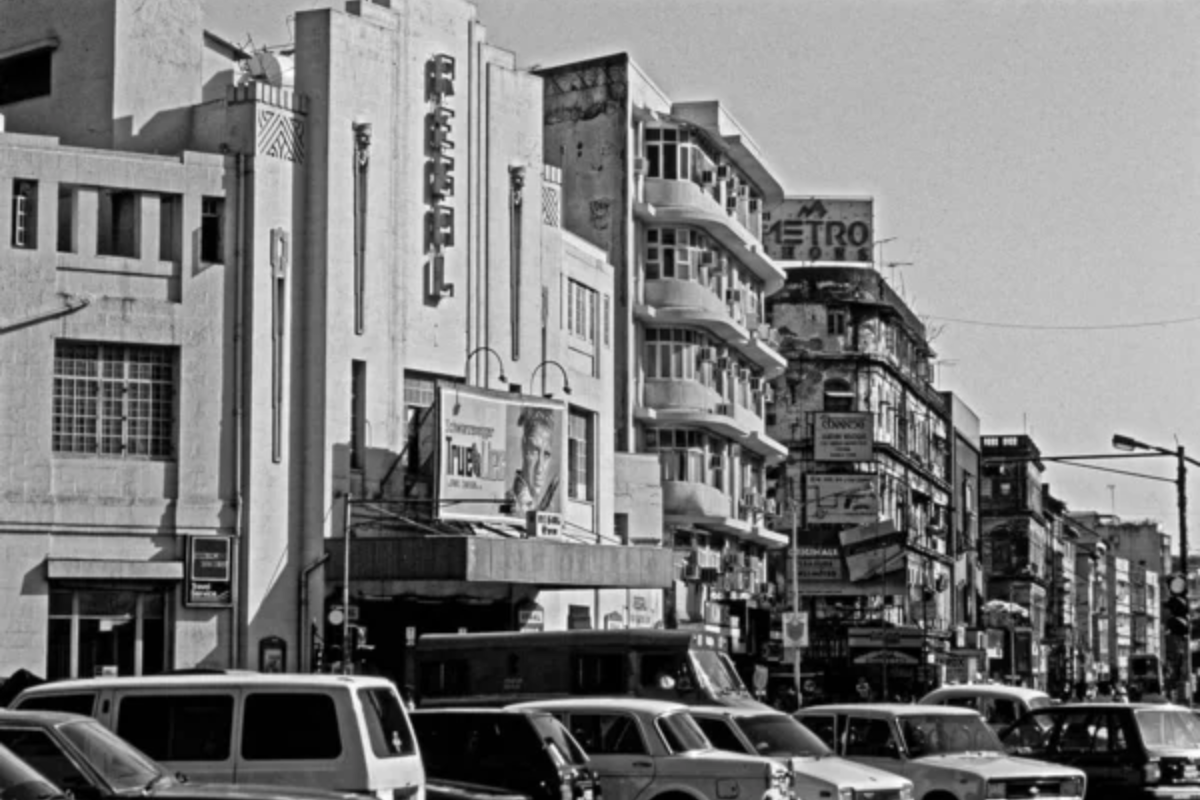
creating an architectural time capsule constructed during Mumbai’s 1920s and 1930s building boom. These structures feature distinctive tropical Deco elements, including nautical porthole windows, streamlined balconies, and decorative concrete screens designed for climate control.
The nearby Eros Cinema maintains its original carved figures and stepped tower that exemplifies the optimistic futurism characteristic of the movement’s aesthetic philosophy. Walking tours highlight how Indian architects adapted international Art Deco principles to accommodate local climate conditions and cultural preferences, creating a distinctive regional variation.
San Francisco’s Speakeasy Scene
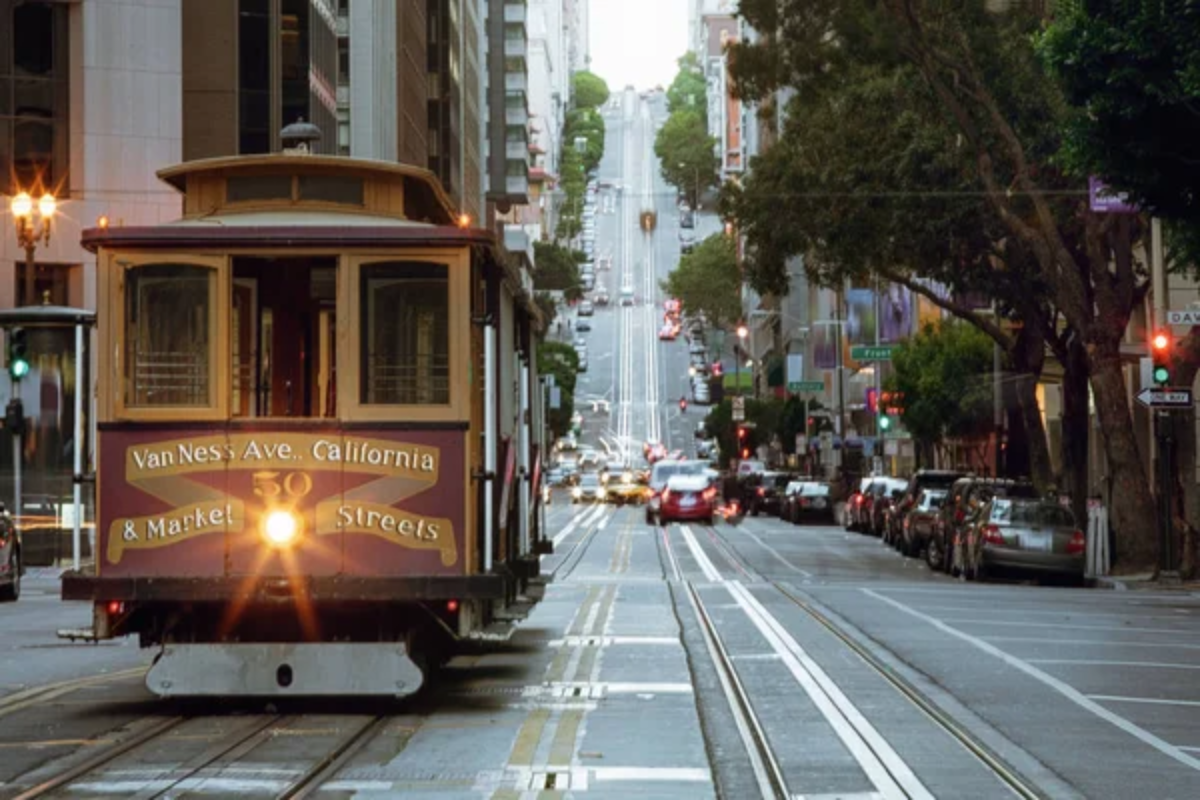
The city’s Prohibition-era underground drinking establishments have experienced a remarkable revival, with venues like Bourbon & Branch requiring passwords and entry through hidden doorways just as their predecessors did a century ago. These establishments maintain fanatical period authenticity through vintage glassware, authentic recipes, and interior designs that meticulously recreate 1920s aesthetics down to appropriate lighting fixtures and furnishings.
Live music performances feature jazz standards played on period-appropriate instruments without modern amplification techniques. The immersive experience extends to trained bartenders who stay in character while crafting historically accurate cocktails using recipes rescued from handwritten pre-prohibition bar books.
Like Travel Pug’s content? Follow us on MSN.
Quebec City’s Château Frontenac
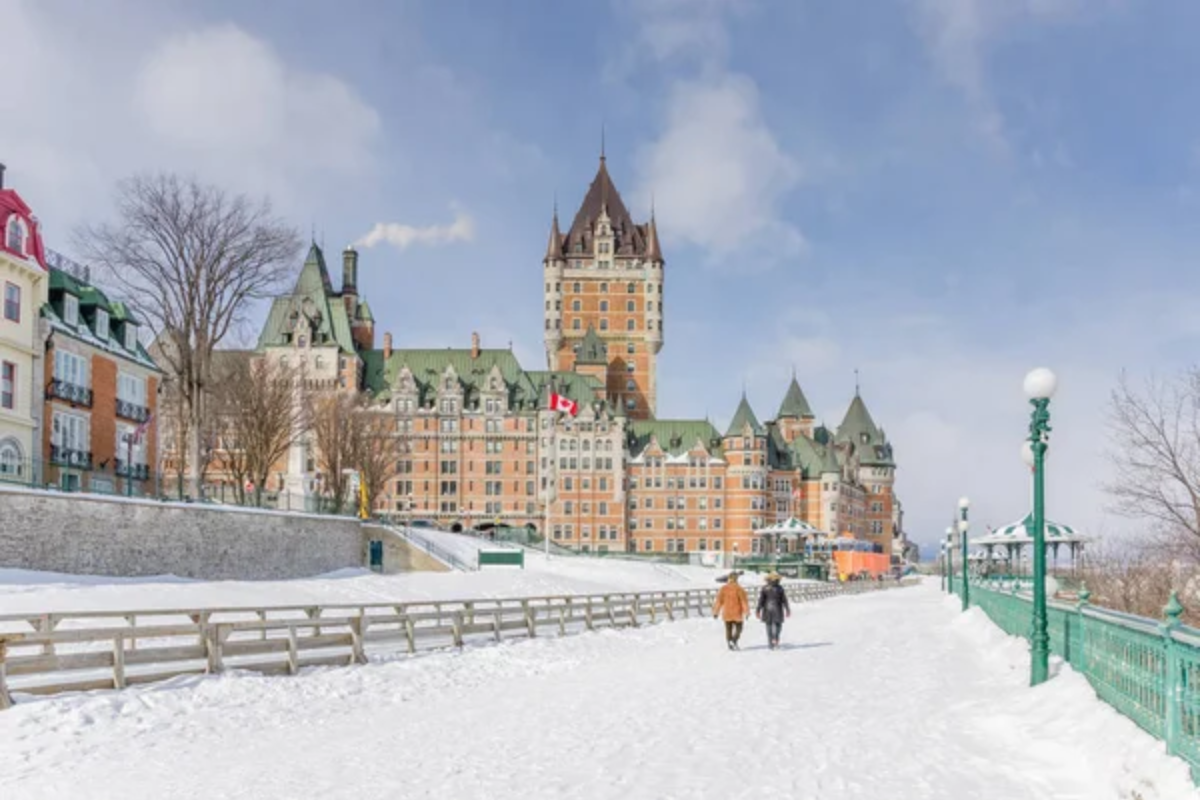
This grand railway hotel reached its cultural peak during the 1920s when it hosted royalty, politicians, and Hollywood stars exploring Canada’s historic French capital. The castle-like structure maintains its copper roofs, ornate woodwork, and period furnishings that transport visitors to an era of formal, elegant travel.
Afternoon tea service follows protocols established during the decade, with white-gloved servers presenting traditional pastries on silver trays amid surroundings little changed in a century. The hotel’s ballroom hosts occasional Gatsby-themed events where guests don period attire and dance to live orchestras performing authentic 1920s arrangements of popular jazz standards.
The Enduring Romance of Jazz Age Destinations
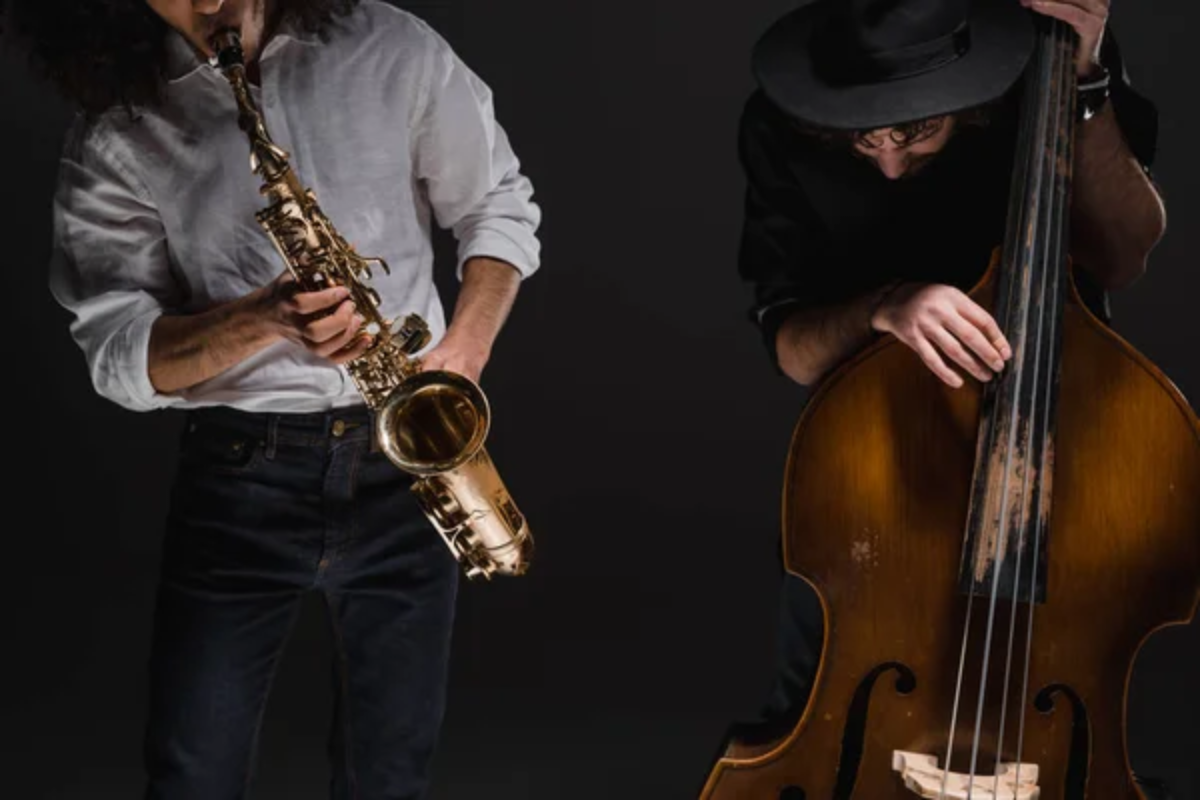
These fifteen locations offer more than simple nostalgia—they provide tangible connections to a transformative decade that shaped modern culture in profound ways. The preserved architecture, continuing traditions, and deliberate recreations found in these destinations allow contemporary travelers to experience the distinctive aesthetics and atmosphere of the 1920s firsthand.
While we cannot literally return to the Jazz Age, these carefully maintained time capsules provide immersive glimpses into a period characterized by artistic innovation, social liberation, and cultural transformation. The enduring fascination with this decade speaks to its continued relevance in understanding the modern world. These fifteen destinations help us experience so vividly.
More from Travel Pug

- 20 Towns Built for One Purpose That Were Later Abandoned
- 15 Hidden Spots in Disney World’s Magic Kingdom Most Visitors Miss
- 20 Once-Popular Beach Towns That Are Now Ghostly Empty
- 15 Canyons in the U.S. That Are Just as Stunning as the Grand Canyon
- 10 Under-the-Radar Mountain Towns That Are Both Affordable and Beautiful
Like Travel Pug’s content? Follow us on MSN.
